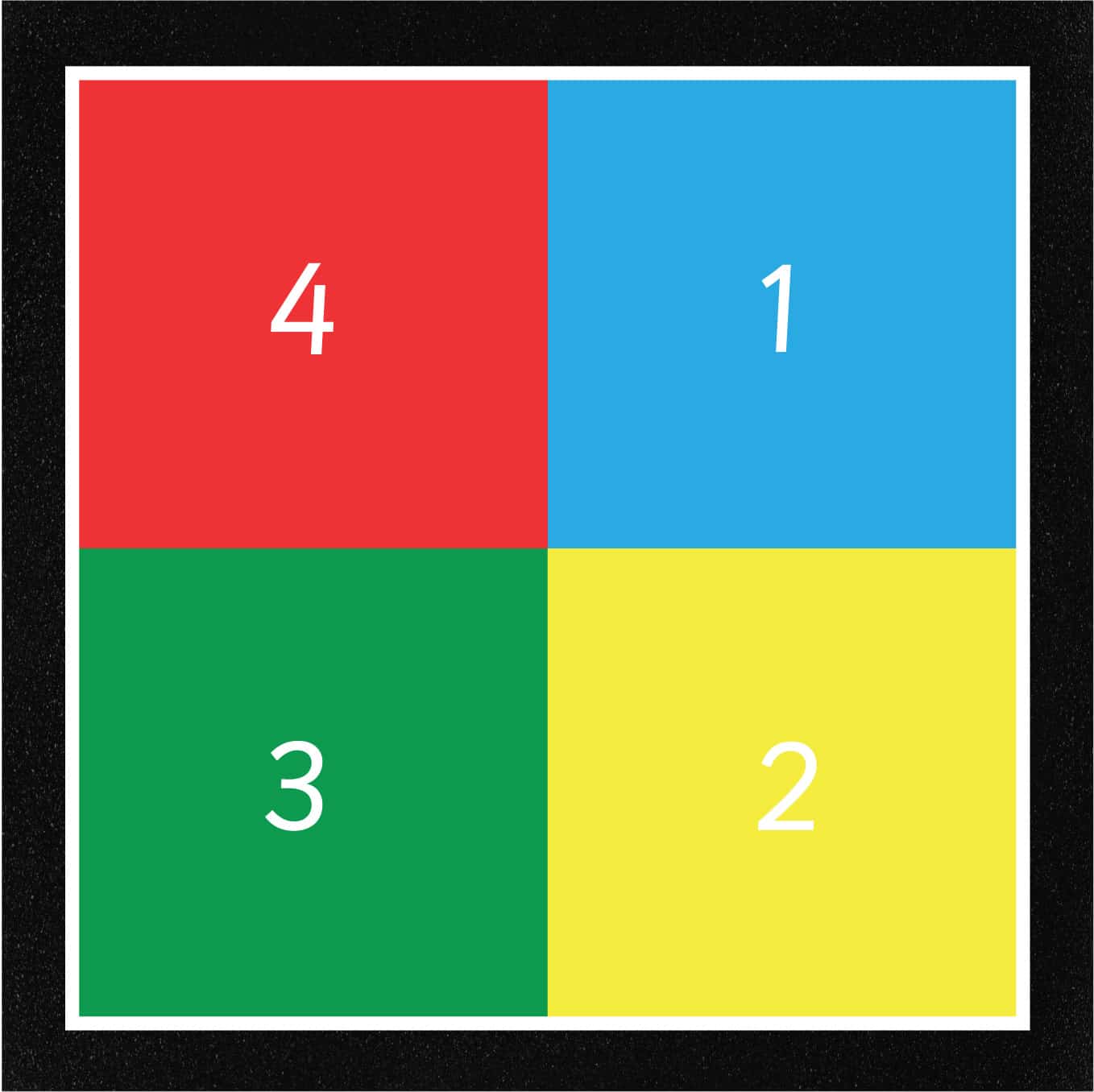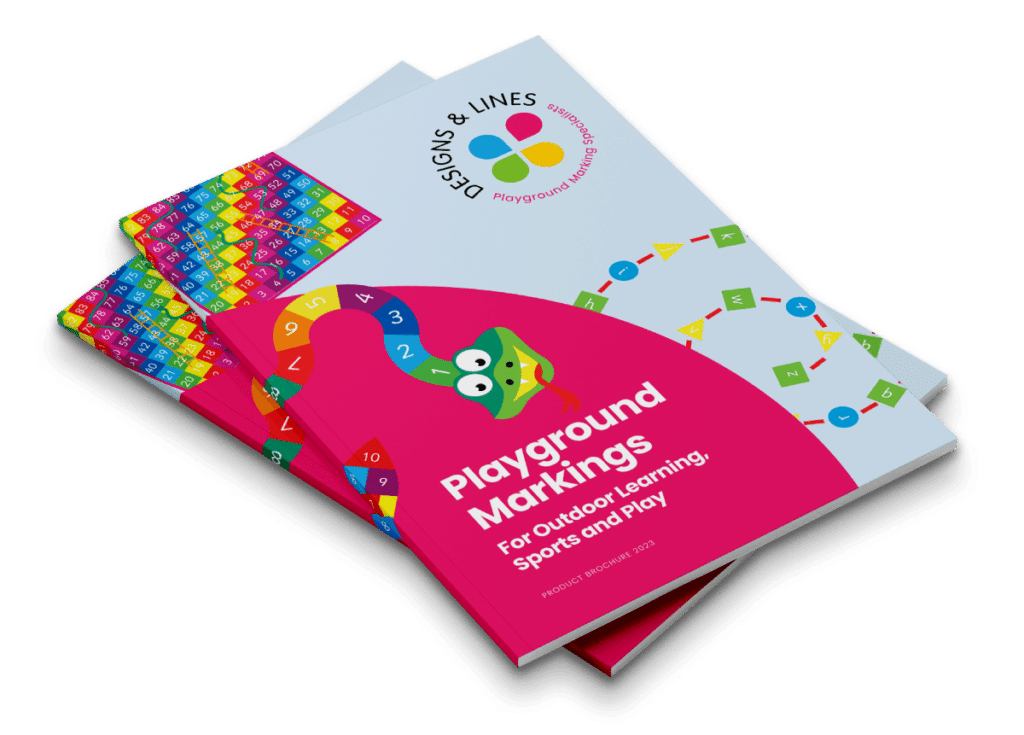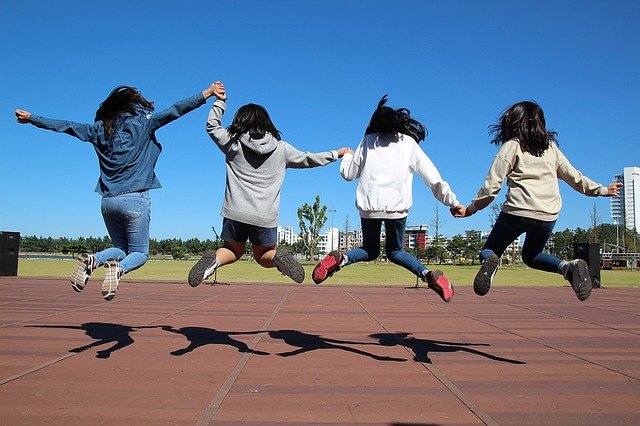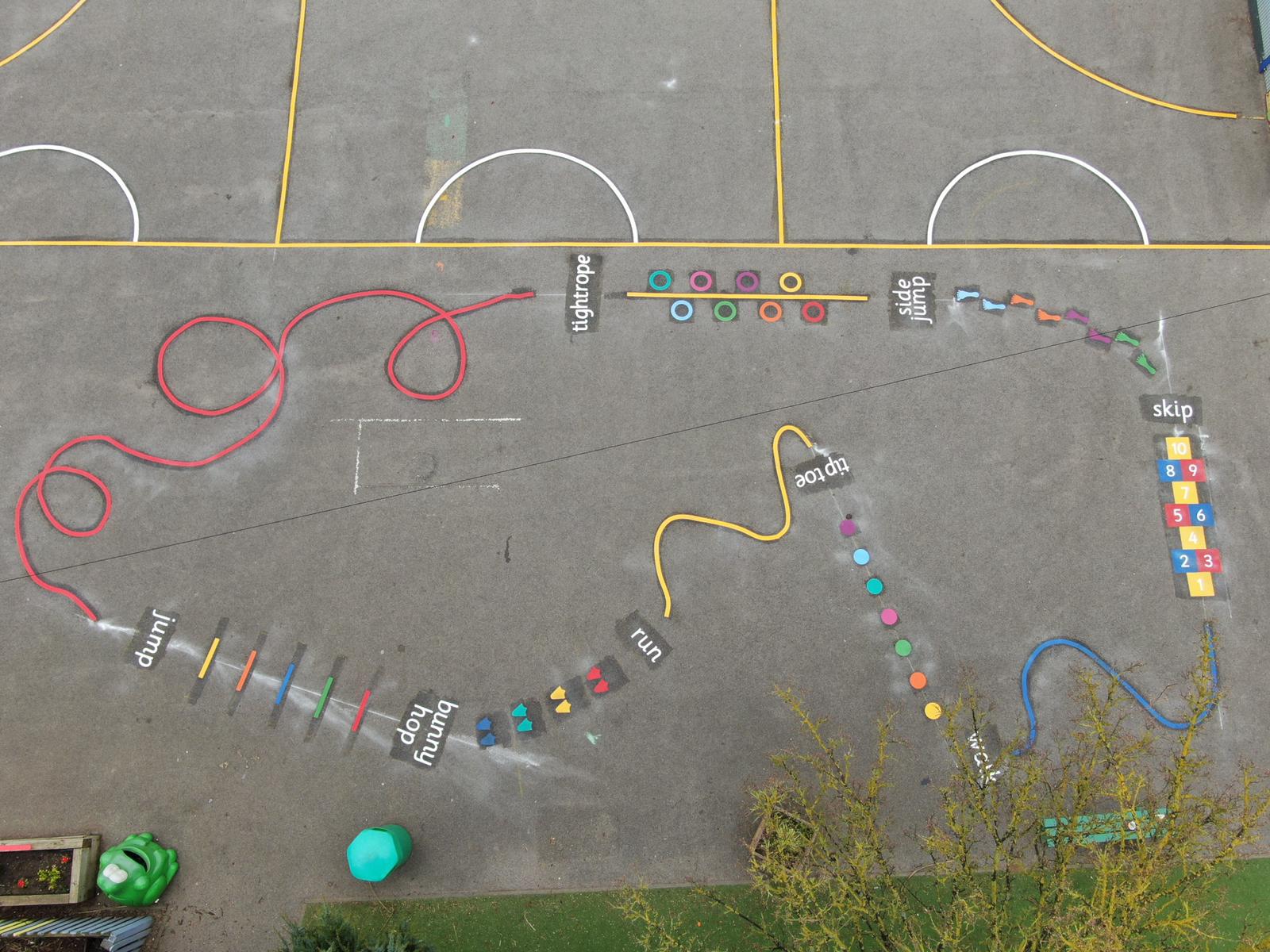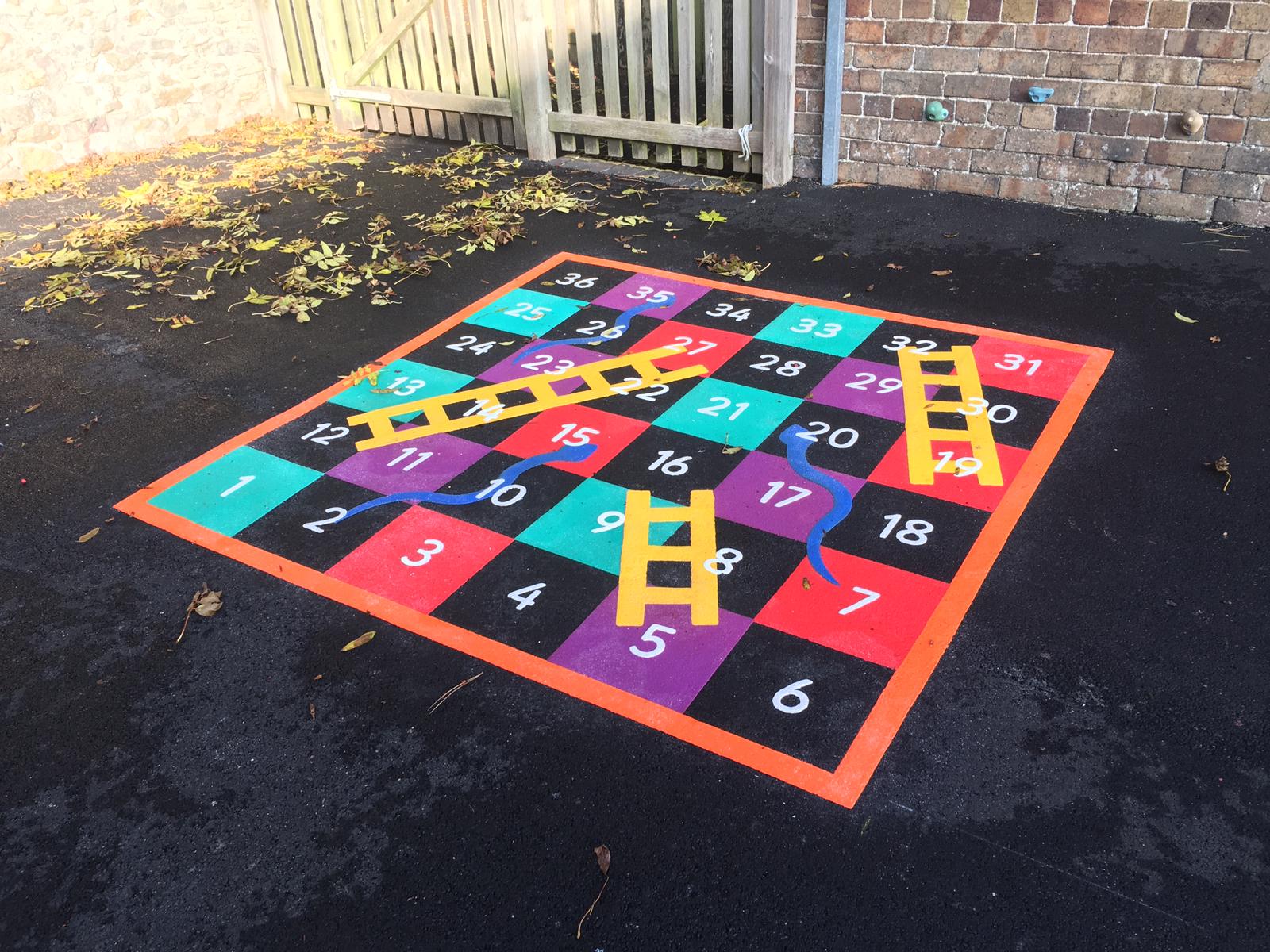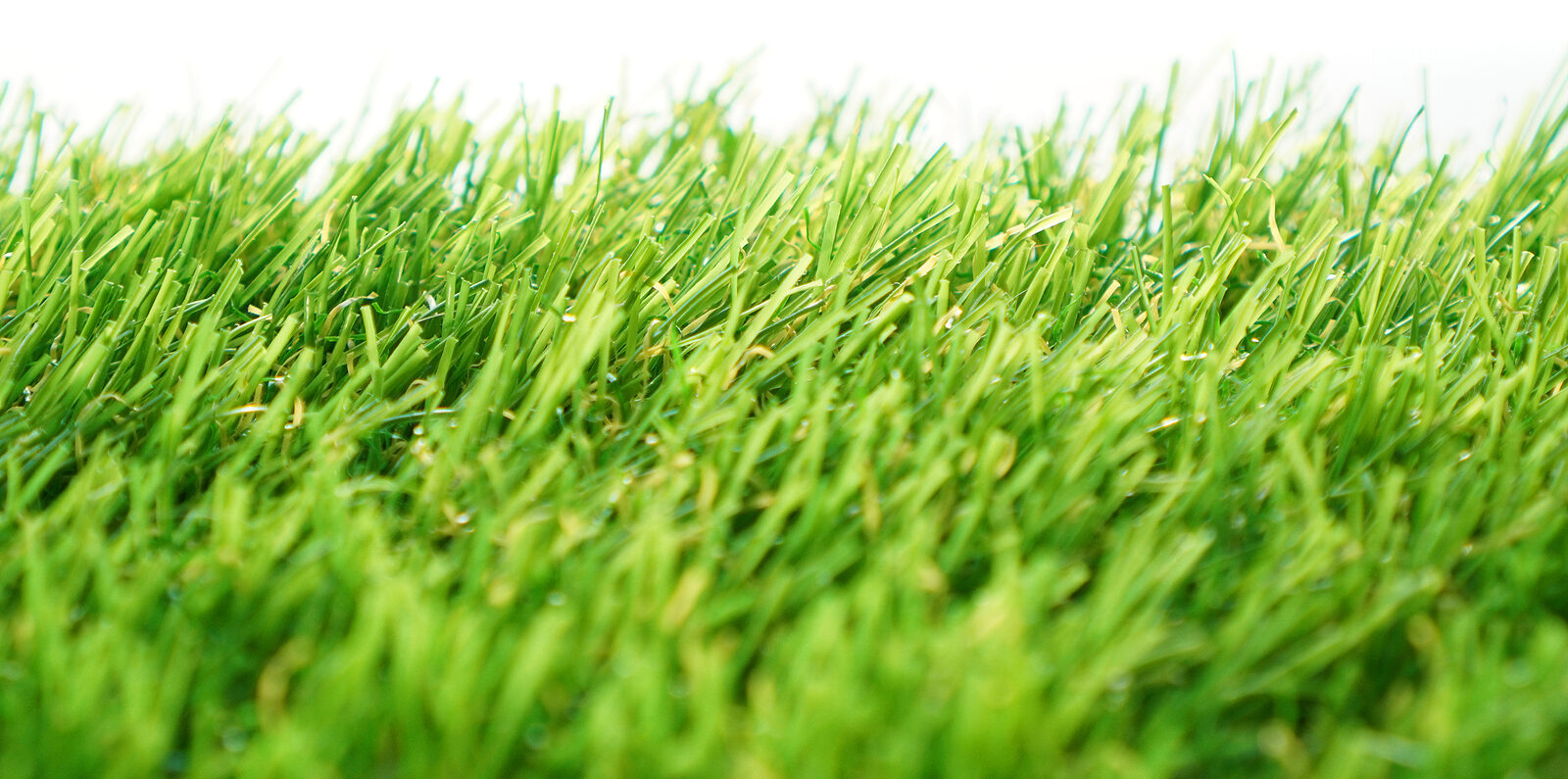Our Favourite PE Playground Games for Fun Outdoor Lessons

Keeping lessons fun for kids can be difficult, especially if that lesson is PE and the same old sports and exercise routines are brought out every single time. It can cause students to switch off, and to not want to engage. It also means, eventually, they won’t be learning anything new and won’t be reaping the benefits as much because it will hardly count as exercise! This is why it’s important to bring out a range of fun, interesting PE playground games for your lessons – especially when the weather is nice and you can actually do these activities out in the fresh air.
If you have been looking for ways to make outdoor Physical Education that little bit more exciting and beneficial for your students, take a look at the lists we’ve made below. All of these games are just perfect for PE, and are bound to make it the best lesson of the week in no time!
Warm Up Games to Begin a PE Lesson
Naturally, before you help your kids to get on with exercising, they will first need to warm up. Luckily there are plenty of games that can help with this part before you move onto the main part of the lesson, including:
The Bean Game
An absolute classic and a favourite in many playgrounds, the Bean Game follows a simple premise that combines exercise, listening skills, and memorisation. Kids walk or jog around the playground until the teacher calls out the name of a different kind of bean. When they hear the bean, students should stop and respond with an appropriate action:
- Baked bean – students curl up on the floor
- Chilli bean – students pretend to shiver
- French bean – students stop and say a French word or phrase, such as “bonjour”
- Jelly bean – students wobble on the spot
- Jumping bean – students jump around the space
- Runner bean – students run on the spot
- String bean – students stretch upwards to make a long, thin shape with their bodies
These aren’t the only actions that you might consider asking kids to perform, and there are many more “beans” you can add to the instructions you call out. For example, you might say “Frozen beans!” to make students stand stock still, or “Tinned beans!” to make them get into groups.
Donkey Tails
You will need some strips of material in order to complete this game, six or seven inches long and at least a couple of inches wide. These should then be put in the pockets of your pupils so that they hang out, or somewhere else where they are unlikely to fall out by themselves. The kids should then stand in a circle, and when you say “Go”, they should start to try and take the material “tails” from their classmates.
Students are “out” when they lose their tail, and the one with the most tails at the end of the game wins.
The Hokey Cokey
Also called the “Hokey Pokey” in other places around the world, this game has been a staple of playgrounds for decades! Of course, it involves getting into a circle and singing the song, along with the famous set of words:
You put your ___ in,
Your ___ out,
In, out, in, out,
You shake it all about,
You do the Hokey Cokey and you turn around,
That’s what it’s all about!
Of course, the blank spaces are for you to decide which body part, for instance, your left hand, are put “in”. The end of each verse can then be completed in a number of different ways, but one of the most traditional is to have everyone join hands, run part of the way into the circle and back out, and to complete the added actions for this extra chorus:
Oh, the Hokey Cokey!
Oh, the Hokey Cokey!
Oh, the Hokey Cokey!
Knees bend, arms stretch,
Rah! Rah! Rah! (this final part is accompanied by claps in time)
Simon Says
This popular playground game has some very simple rules, but it’s easy to be caught out if you don’t pay close attention! Of course, this means calling out commands to the kids, beginning some of them with the words “Simon says” – which is the only time they should actually listen and do what you tell them to do! If they follow your instruction and you haven’t said “Simon says” first, they will be out and will need to sit out for the rest of the game.
Some of the games listed here can be quite time-consuming, so if you only want a warm-up of ten minutes or so, you may want to set a timer.
PE Games to Play in the Playground
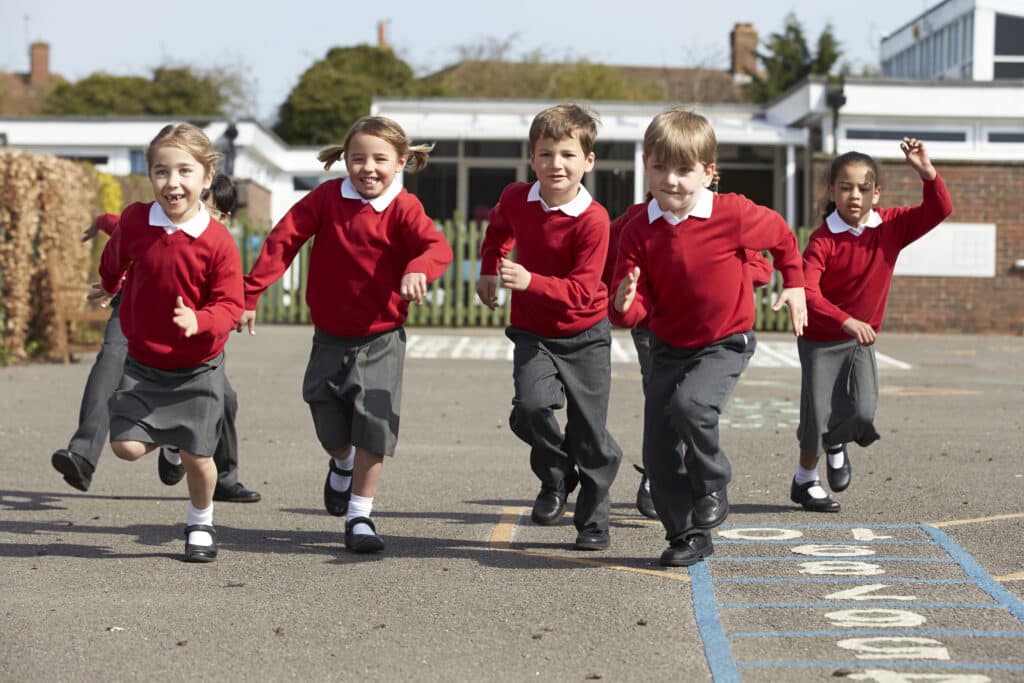
You may wish to devote the main part of your lessons to a specific type of game, based on specific sports, equipment, or exercises that you want your kids to learn about. Depending on whether you are teaching Reception, KS1, or KS2, these may differ:
Ball Games
If you have an older KS2 class, Years 5 and 6 in particular, you’ll probably want to get them started with a few of the sports and ball games they’ll be playing when they reach secondary school. This may mean getting equipment for:
You won’t be limited to just these ideas, however! Whether you have an older KS2 class or are teaching the younger years, there are a whole lot of ball games you can play with them in the playground for PE, including:
Dodgeball
You will need some soft foam balls and cones, or something else that marks out a boundary for this game. Split your kids up into two teams and place your marker cones along the middle of the playground, placing the foam balls between the markers so they are also in the middle. Then, have your teams stand at opposite ends of the playground. On your word, or on the blow of a whistle, the teams should then sprint to the centre and try to pick up the balls before the other team do.
Players who have a ball should throw it over the cones (without stepping over the line) to try and hit their opponents (anywhere below the neck is fine). People who get hit are out, but if the person catches a ball the person who threw it is out. When someone catches a ball they can also bring people back in to play if anyone is out on their team.
The first team to have all its players out loses.
Four Square
Also called King Square, Four Square needs an area of your playground marked out with chalk or with the appropriate markings for the game. It should also be played with a rubber ball to avoid injury.
One pupil should each occupy a quarter of the court, and the ball should be bounced back and forth between them all using only their hands. This should happen until one player makes a mistake and is declared out. The number of players goes down from there until there is a single winner. Players are not allowed to catch, carry, or hold the ball at any point in the game.
If you want to make the game last longer, you can have players who are out, switch with students who are waiting to have a turn.
Piggy in the Middle
Piggy in the Middle involves at least three players, with two players passing a ball between them and trying to avoid the middle player catching it. Once the middle player catches the ball, the player who threw it takes the middle spot.
Racing and Agility Games
It’s always important to help your pupils with their agility! If you’ve got the room, this might mean setting out different Agility Trails, Fitness Tests, or Race Lines that they can practise on and race against their classmates in healthy competition, but you might want to get even more creative if you feel your students know each course well enough. Why not, instead of having a simple running race, turn your track or trail into a relay?
By using a ball, baton, or bean bag, you can have two pupils race to one end of your chosen course and pass the object to classmates waiting at the other end. These pupils then race in the opposite direction, and it all goes around again!

Agility Trail
Size: 12 x 7 m
£797.50 more details
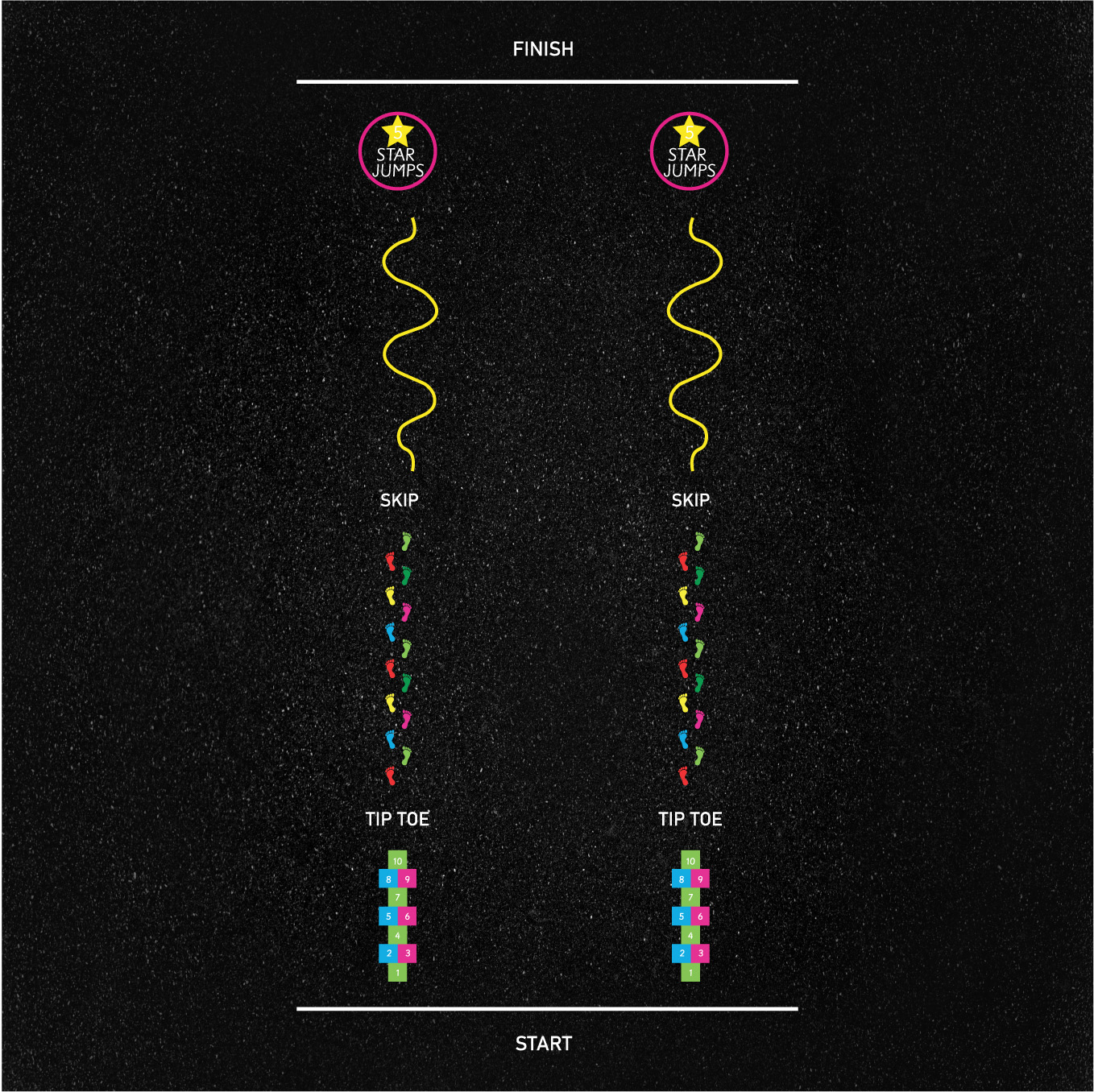
Fitness Test
Size: 16 x 8 m
£687.50 more details

Race Line
Size: 19 x 8 m
£654.50 more details
Hoop Games
If you want to try something different to simple hula hooping with your pupils, you might want to try Up, Down, Over, Under. In this game, three or four students should stand in a hoop, holding it up at waist level without using their hands. The challenge then is to get it up to their heads or down to their feet – again, without using their hands! Alternatively, you may also set them the challenge of getting out of the hoop without using their hands or letting the hoop fall to the ground.
You can also try Step Back, if you think your kids would prefer rolling hoops. This game involves two people standing about 3m apart and rolling a hoop between them. If the person catches the hoop, both players take a step back. If they miss, both take a step forward. The aim of the game is to see how far apart you can get and still catch the hoop.
Parachute Games
Everyone remembers the parachute coming out for PE at school, and thinking it was going to be the best lesson ever. When you bring the parachute out for your class you can make it the best time for them, too, by playing games such as:
All Change
Pupils lift the parachute up into the air, and you call out assigned numbers or colours, or birthday months. Kids that these numbers, colours, or months apply to should run under the parachute to swap places.
Ball Roll
In this game, a ball should be rolled onto the parachute and your pupils should try to keep the ball from rolling into the middle. If the parachute has a hole, they can also try to roll it into the hole.
Volleyball
Kids should be split into two teams for this, with one team on either side of the parachute. A ball should be rolled onto the parachute and the teams should each try to roll the ball off the other side of the parachute, scoring points against the opposition.
Cool Down Games to End a PE Lesson
At the very end of your lesson, your kids will need to cool down after exercising. This can be done through a range of games and activities too, depending on whether they are a Reception class, KS1, or KS2. We’ve given just a couple of examples here to get you started:
Cool Down Stretches
This cool down routine is most suitable for KS1 and KS2 students, and should start off with the kids running around, before you shout “Freeze!”. You should then choose a child to start everything off – the child chosen should then walk around and collect another child to form the start of a train. This carries on until everyone is collected, at which point it’s time to start the stretches.
Stretches should always be done slowly, for six to eight slow, deep breaths, and never done to the point of discomfort. Teach your kids to imagine tension or tightness being released from their muscles when they breathe out. Each stretch should also start standing up, and kids can use a hand to balance themselves on something if this is necessary.
Stretches that should be completed include:
- Calf and hip stretches: students take one big step forward with their left feet, bending their knees (not pushing them beyond their feet); the heels of their right feet should stay on the ground for this and their abdominal muscles should be gently contracted to keep them from overarching their backs. This should lead to a gentle stretch in their right calf muscles and their hips, and be held for several deep breaths. You should then lead them in switching, and repeating with their other leg.
- Back and hamstring stretches: students should stand with their feet together and knees slightly bent. They should then lean forward from the waist and let their arms and head hang loosely towards the ground. They don’t have to try and touch their toes – their bodies should just hang under their own weight. Ensure they ease into each stretch every time they let out a breath, and make sure they stand up slowly before repeating. You don’t want anybody to get lightheaded!
- Shin and thigh stretches: students should grasp the toes of their right feet, gently pulling them up behind them. Their knees should be bent and pointed towards the ground. Their heels don’t have to go all the way up – just enough that they can feel a gentle stretch in the front of their thighs, hips, and shins. This should be held for several deep breaths, before you lead them in switching legs and repeating.
Traffic Lights
For a Reception class, you might think of playing a game of Traffic Lights to cool down. This begins with you assigning an action to a particular traffic light colour. Most often this will be running on “Green”, walking or jogging on “Yellow”, and then stopping on “Red”.
You can decide whether you want to hold up cones, or bean bags, or to call out colours to get your kids to perform each action. The important thing is to begin with more “Green” signals and then start to introduce more “Yellow” and “Red” lights the further you get into the cool down.
Need a Perfect Permanent Place for PE Games?
Designs & Lines is here to help, if you would like to make a permanent spot in your playground that’s just for PE games! Whether you want something as simple and straightforward as a set of Sports or Court Markings for football or basketball, or as twisty, turny, and adventurous as a full-on Agility Trail from our full range of Fitness Markings, we can get them installed for you. We’ll even be ready and waiting to talk about them with you from the moment you get in touch.
Our team will be fully prepared to work around break times and lunchtimes, as well as weekends, to ensure that your chosen designs are installed on a schedule that suits you. It’s all part of our promise to keep our work hassle-free, as is us offering you all the information you could need before we begin. You’ll be able to get on with the more important parts of your job, and your playground will be ready for any PE lesson plan you could think to carry out.


